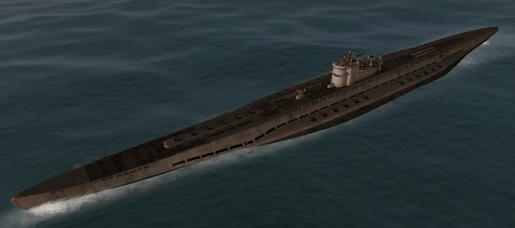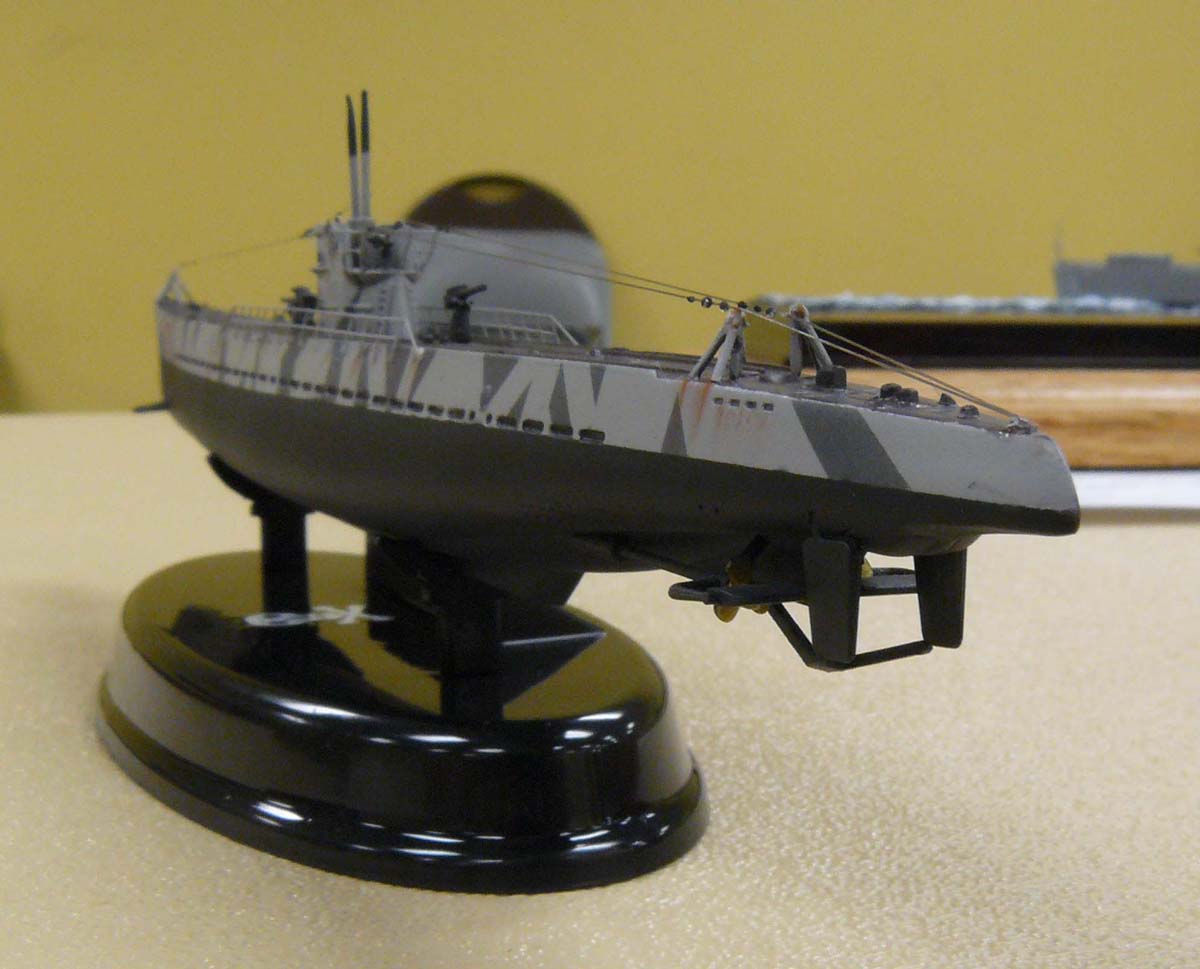

The quest for an aircraft that could takeoff or land from water began with float planes, which are not flying boats. History Early floatplanes Gabriel Voisin, air pioneer, next to Henry Farman (left), in 1908 Many modern seaplane variants, whether float or flying boat types, are convertible amphibious aircraft where either landing gear or flotation modes may be used to land and take off. In the 21st century, flying boats maintain a few niche uses, such as dropping water on forest fires, air transport around archipelagos, and access to undeveloped areas. Despite being largely overshadowed, limited use of the type continued with some operators, such as in the case of the Shin Meiwa US-1A and the Martin JRM Mars. The popularity of flying boats gradually trailed off during the Cold War era, partially because of the difficulty in maintaining operations in inclement weather when sea states may easily prevent taking off and landing while land based aircraft are unaffected, and investments in airports during the conflict that eased the introduction of larger, and more efficient, land-based airliners. Flying boats such as the PBY Catalina and Short Sunderland played key roles in both the Pacific Theater and the Atlantic of the Second World War. They were also commonly used as maritime patrol aircraft and air-sea rescue, particularly during times of conflict. Their advantage lay in using water instead of expensive land-based runways, making them the basis for international airlines in the interwar period.

Flying boats were some of the largest aircraft of the first half of the 20th century, exceeded in size only by bombers developed during the Second World War. Though a flying boat’s fuselage provides buoyancy, it may also utilize under-wing floats or wing-like hull projections (called sponsons) for additional stability.Īscending into common use during the First World War, flying boats rapidly grew in both scale and capability during the interwar period, during which time numerous operators found commercial success with the type. It differs from an amphibious aircraft by lacking wheels, skis, or skids to land on a solid surface rather than water. It differs from a floatplane in having a fuselage that is purpose-designed for floatation, while floatplanes rely on fuselage-mounted floats for buoyancy. Short S23 "C" Class or "Empire" flying boatĪ flying boat is a type of fixed-winged seaplane with a hull, allowing it to land on water.

Although the first four German U-boats- U-1, U-2, U-3, and U-4-were commissioned before 1910, all four served in a training capacity during the war. There were some 380 U-boats commissioned into the Kaiserliche Marine in the years before and during World War I. The renumbering was restarted at 1 a third time when Germany resumed building submarines in the 1960s. When Germany resumed building submarines in the 1930s, the numbering of the submarines was restarted at 1. The submarines have usually been designated with a U followed by a number, although World War I coastal submarines and coastal minelaying submarines used the UB and UC prefixes, respectively. Germany has commissioned over 1,500 U-boats ( German: Unterseeboot) into its various navies from 1906 to the present day.


 0 kommentar(er)
0 kommentar(er)
